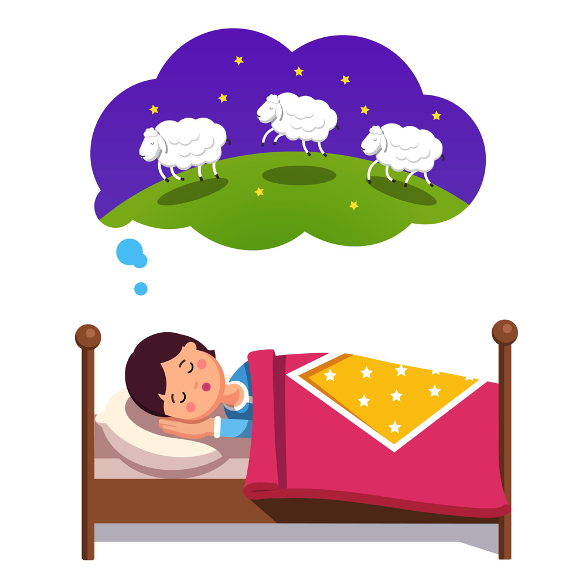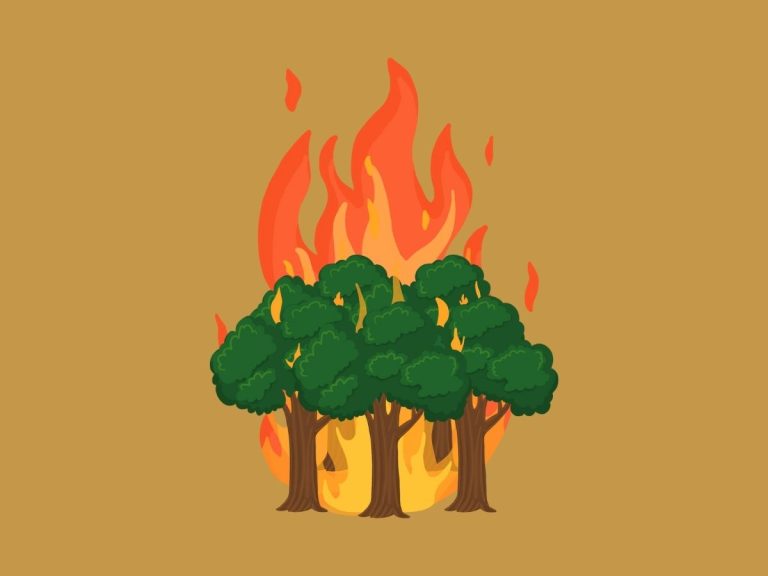ESL Reading Comprehension Worksheet: Dreams (Intermediate-Advanced)
A worksheet about the science of dreams to practice reading for advanced ESL students. (Free download available.)
Dreams
People have been trying to discover the truth about dreams for centuries, and the simplest answer is this: dreams are basically stories and pictures our brains create when we’re asleep.
Most dreams happen during the times of night when we are most deeply asleep, and our eyes begin to move around quickly under our eyelids. This may sound creepy, but it’s totally normal, and it’s called Rapid Eye Movement, or REM. Dream researchers used to think that REM was the only time people dream, but now most experts agree that we can dream at just about any time of the night. Maybe REM dreams are just our most memorable and realistic dreams.
The experts disagree on just why we dream. Here are some of their theories:
- Some say dreams don’t really have a purpose; they’re just one of those things that seem to happen for no reason.
- Some say dreams are our brains “twitching.” Because our brains are basically huge collections of information, pictures, and feelings, when they “twitch” in the night, all kinds of strange things come out and get thrown into dreams.
- Some say dreams are a way to process all the events and emotions of the day, and are important to our mental and physical health. It’s sort of like when you leave a computer on, it sometimes runs programs to clean up its hard drive. Our brains are always “on” even when we’re asleep, so dreaming could be a time for them to do their own version of cleaning up the “hard drive.”
- Other experts say that dreams exist to solve specific problems in our lives. Let’s say you give a computer an incredibly complex math problem, and it has to take a few seconds before it comes up with the answer. This could be what dreaming is about, except instead of solving a big math problem, our sleeping brains are trying to solve emotional issues. The stories and images we experience as dreams are like way-out versions of our emotions, and our brains are working through those emotions.
1. Blind People Dream
People who become blind after birth can see images in their dreams. People who are born blind do not see any images, but have dreams equally vivid involving their other senses of sound, smell, touch and emotion. It is hard for a seeing person to imagine, but the body’s need for sleep is so strong that it is able to handle virtually all physical situations to make it happen.
2. You Forget 90% of your Dreams
Within 5 minutes of waking, half of your dreams are forgotten. Within 10, 90% is gone. The famous poet, Samuel Taylor Coleridge, woke one morning having had a fantastic dream (likely opium induced) – he put pen to paper and began to describe his “vision in a dream” in what has become one of English’s most famous poems: Kubla Khan.Curiously, Robert Louis Stevenson came up with the story of Doctor Jekyll and Mr. Hyde while he was dreaming. Mary Shelley’s Frankenstein was also created during a dream.
3. Everybody Dreams
Every human being dreams (except in cases of extreme psychological disorder) but men and women have different dreams and different physical reactions. Men tend to dream more about other men, while women tend to dream equally about men and women. In addition, both men and women experience sexually related physical reactions to their dreams regardless of whether the dream is sexual in nature; males experience erections and females experience increased vaginal blood flow.
4. Dreams Prevent Psychosis
In a recent sleep study, students who were awakened at the beginning of each dream, but still allowed their 8 hours of sleep, all experienced difficulty in concentration, irritability, hallucinations, and signs of psychosis after only 3 days. When finally allowed their REM sleep the student’s brains made up for lost time by greatly increasing the percentage of sleep spent in the REM stage. [Source]
5. We Only Dream of What We Know
Our dreams are frequently full of strangers who play out certain parts – did you know that your mind is not inventing those faces – they are real faces of real people that you have seen during your life but may not know or remember? The evil killer in your latest dream may be the guy who pumped petrol into your Dad’s car when you were just a little kid. We have all seen hundreds of thousands of faces throughout our lives, so we have an endless supply of characters for our brain to utilize during our dreams.
6. Not Everyone Dreams in Color
A full 12% of sighted people dream exclusively in black and white. The remaining number dream in full color. People also tend to have common themes in dreams, which are situations relating to school, being chased, running slowly/in place, sexual experiences, falling, arriving too late, a person now alive being dead, teeth falling out, flying, failing an examination, or a car accident. It is unknown whether the impact of a dream relating to violence or death is more emotionally charged for a person who dreams in color than one who dreams in black and white. [Source]
7. Dreams are not about what they are about
If you dream about some particular subject it is not often that the dream is about that. Dreams speak in a deeply symbolic language. The unconscious mind tries to compare your dream to something else, which is similar. It’s like writing a poem and saying that a group of ants were like machines that never stop. But you would never compare something to itself, for example: “That beautiful sunset was like a beautiful sunset”. So whatever symbol your dream picks on it is most unlikely to be a symbol for itself.
8. Quitters have more vivid dreams
People who have smoked cigarettes for a long time who stop, have reported much more vivid dreams than they would normally experience. Additionally, according to the Journal of Abnormal Psychology: “Among 293 smokers abstinent for between 1 and 4 weeks, 33% reported having at least 1 dream about smoking. In most dreams, subjects caught themselves smoking and felt strong negative emotions, such as panic and guilt. Dreams about smoking were the result of tobacco withdrawal, as 97% of subjects did not have them while smoking. They were rated as more vivid than the usual dreams and were as common as most major tobacco withdrawal symptoms.” [Source]
9. External Stimuli Invade our Dreams
This is called Dream Incorporation and it is the experience that most of us have had where a sound from reality is heard in our dream and incorporated in some way. A similar (though less external) example would be when you are physically thirsty and your mind incorporates that feeling into your dream. My own experience of this includes repeatedly drinking a large glass of water in the dream which satisfies me, only to find the thirst returning shortly after – this thirst… drink… thirst… loop often recurs until I wake up and have a real drink.
10. You are paralyzed while you sleep
Believe it or not, your body is virtually paralyzed during your sleep – most likely to prevent your body from acting out aspects of your dreams.
Bonus: Extra Facts
1. When you are snoring, you are not dreaming.
2. Toddlers do not dream about themselves until around the age of 3. From the same age, children typically have many more nightmares than adults do until age 7 or 8.
3. If you are awakened out of REM (Rapid Eye Movement) sleep, you are more likely to remember your dream in a more vivid way than you would if you woke from a full night sleep.

I. Exercise one – Fill in the blanks
1. People have been trying to discover the truth about dreams for __________________________________
a. months
b. years
c. decades
d. centuries
2. People who become __________________________________ after birth can see images in their dreams.
a. confused
b. mute
c. blind
d. deaf
3 When you are __________________________________, you are not dreaming.
a. snoring
b. laughing
c. breathing
d. crying
II. Exercise two – Answer the questions
1. Do blind people dream?
________________________________________________________________
2. What is special about the dreams of “quitters”?
________________________________________________________________
3. Are you dreaming when you snore?
________________________________________________________________
4. What do toddlers dream about?
________________________________________________________________
5. How many of our dreams do we forget?
________________________________________________________________
III. Exercise three – Talk about yourself
1. What do you usually dream about?
____________________________________________________________________________
____________________________________________________________________________
2. Do you sleep well?
____________________________________________________________________________
____________________________________________________________________________
3. Do you know anybody who snores?
____________________________________________________________________________
____________________________________________________________________________
Download this worksheet in Word and PDF doc format (zipped).
Additional Resources






